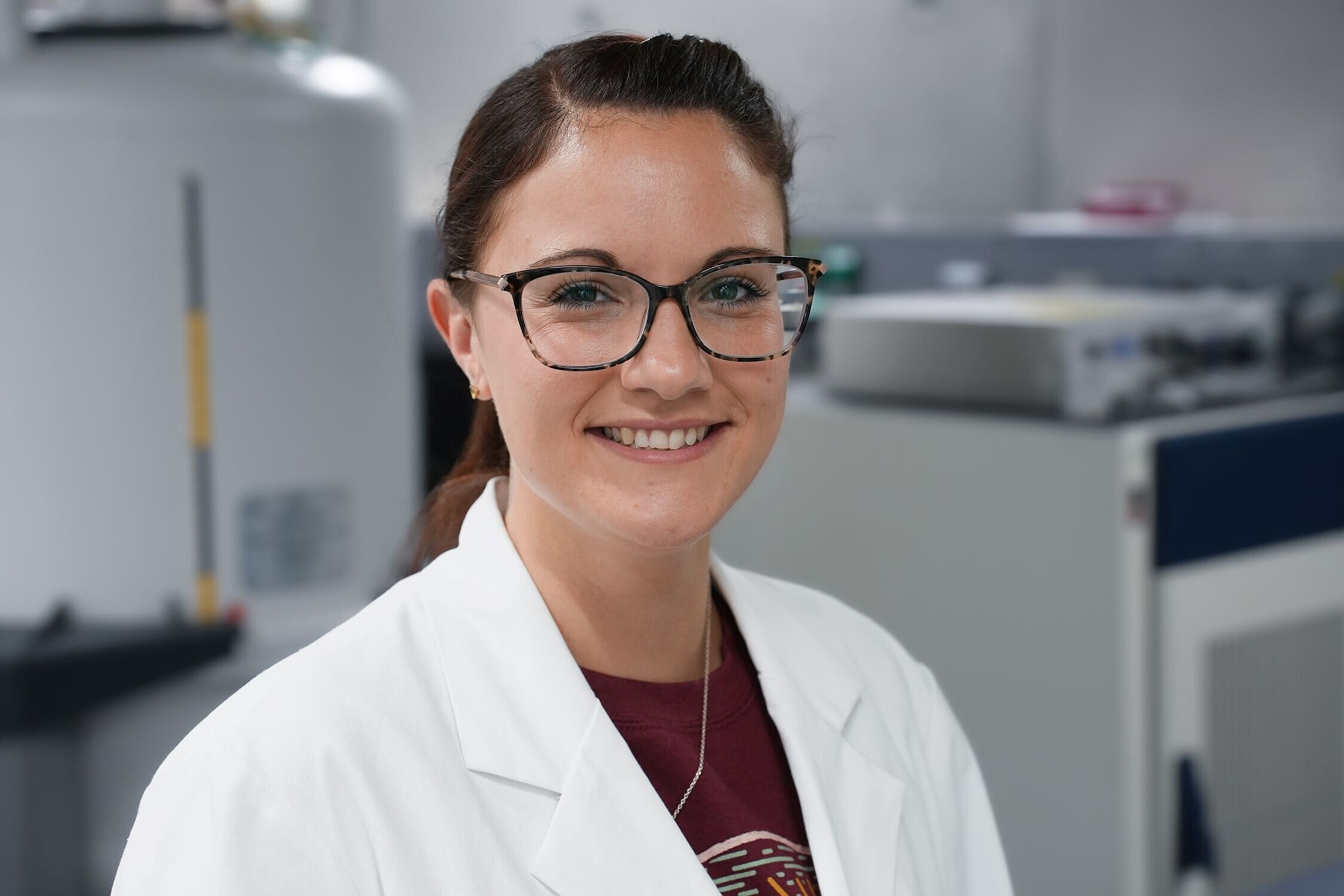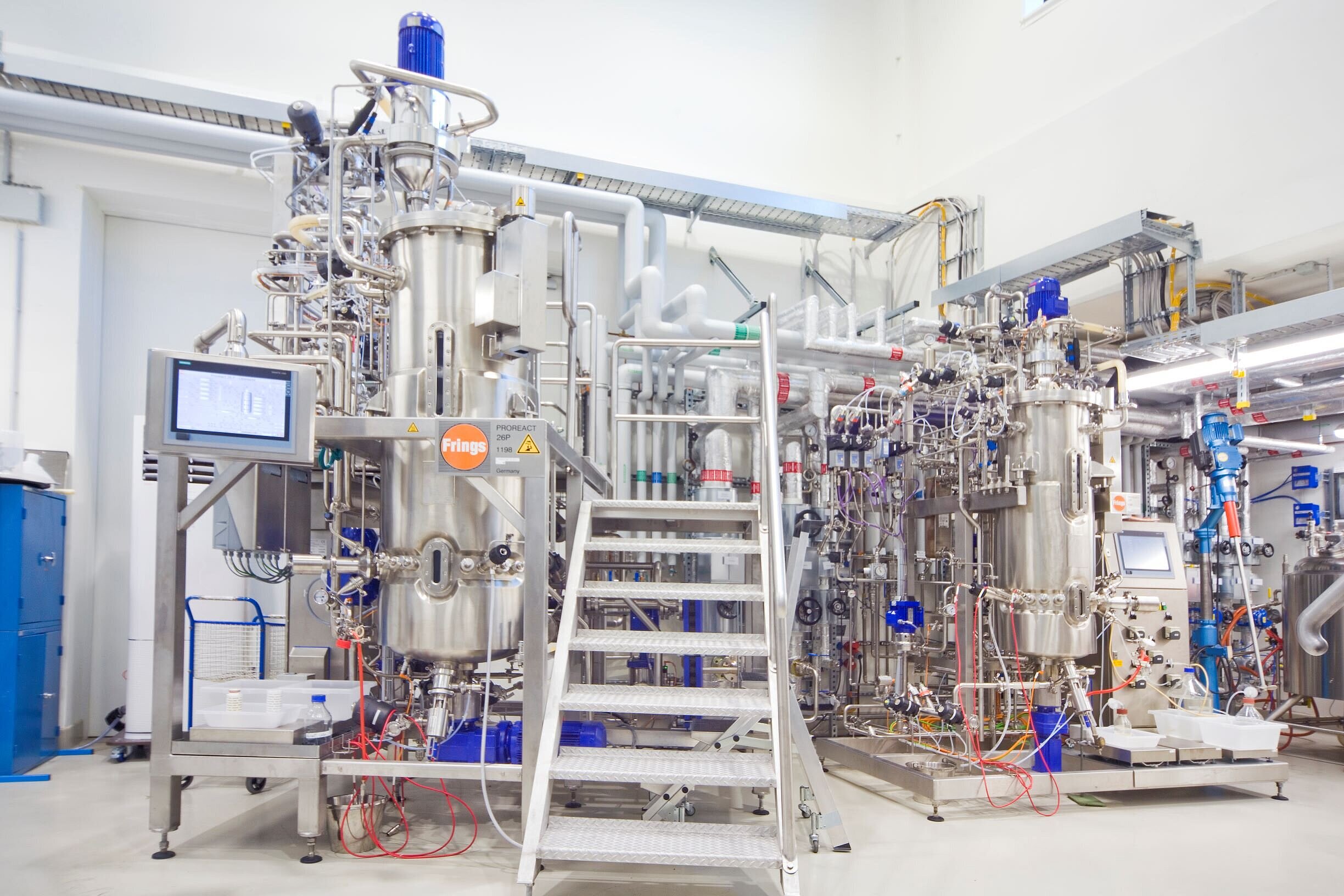What is the concept of MyxoTech?
Nature has historically been a valuable source of small molecule therapeutics. HIPS and HZI have a long tradition of using such molecules as basis for the development of innovative anti-infectives. However, our efforts have generated libraries of strains and compounds which have barely been used outside of this scope. MyxoTech thus offers a library of natural products produced by strains from the phylum Myxococcota (commonly known as myxobacteria) to pharmaceutical companies focused in indication areas outside of infectious disease.
If one were to envision chemical space representing the entire potential diversity of small molecules, myxobacterial metabolites occupy exclusive regions with proven therapeutically relevant bioactivities. MyxoTech has a competitive advantage in accessing these exclusive regions for pharma due to the challenge culturing and harnessing the diversity of these strains in the lab.
What benefits does the MyxoTech library offer in contrast to other suppliers of small molecule libraries?
Other natural product libraries are comprised of chemistry produced by more commonly prospected organisms. Multiple research groups and companies across the globe are assessing these same organisms for bioactivity. Synthetic small molecule libraries often display limited structural diversity. MyxoTech, on the other hand, offers a library of unique, complex, and structurally diverse small molecules with proven pharmaceutically relevant bioactivity. Furthermore, this library is being organized through incorporation of omics tools that will allow us to systematically track and maximize the small molecule diversity available for customers.
Has your library already been successfully applied for the identification of novel pharmaceuticals (proof of concept)?
Our library is proven to include pharmaceutically relevant small molecules. There are a number of myxobacterial metabolites currently in pre-clinical development. The most promising is corallopyronin A, which is projected to enter phase 1 clinical trials as a treatment for river blindness and lymphatic filariasis in 2025/6. And then, of course, there is epothilone B, the natural product precursor to ixabepilone (tradename: Ixempra), which was approved in 2007 by the FDA as a breast cancer treatment.
When and where did you found MyxoTech?
The company is spinning out of HIPS in Saarbrücken under the direction of Prof. Rolf Müller. He and his research group “Microbial Natural Products” have spent the last decades expanding the diversity of myxobacteria available for drug discovery research. These strains are the source of metabolites that make up the MyxoTech small molecule library.
The company was awarded Helmholtz Enterprise Spin-off Program funding with the program beginning in January 2024. Since then, MyxoTech has incorporated as a GmbH.
How will MyxoTech continue as an independent business?
MyxoTech is still in its early phase of development. We are fortunate to be in a great ecosystem at HIPS to develop the company’s product and science with the plan to begin independent operations in 2025.





